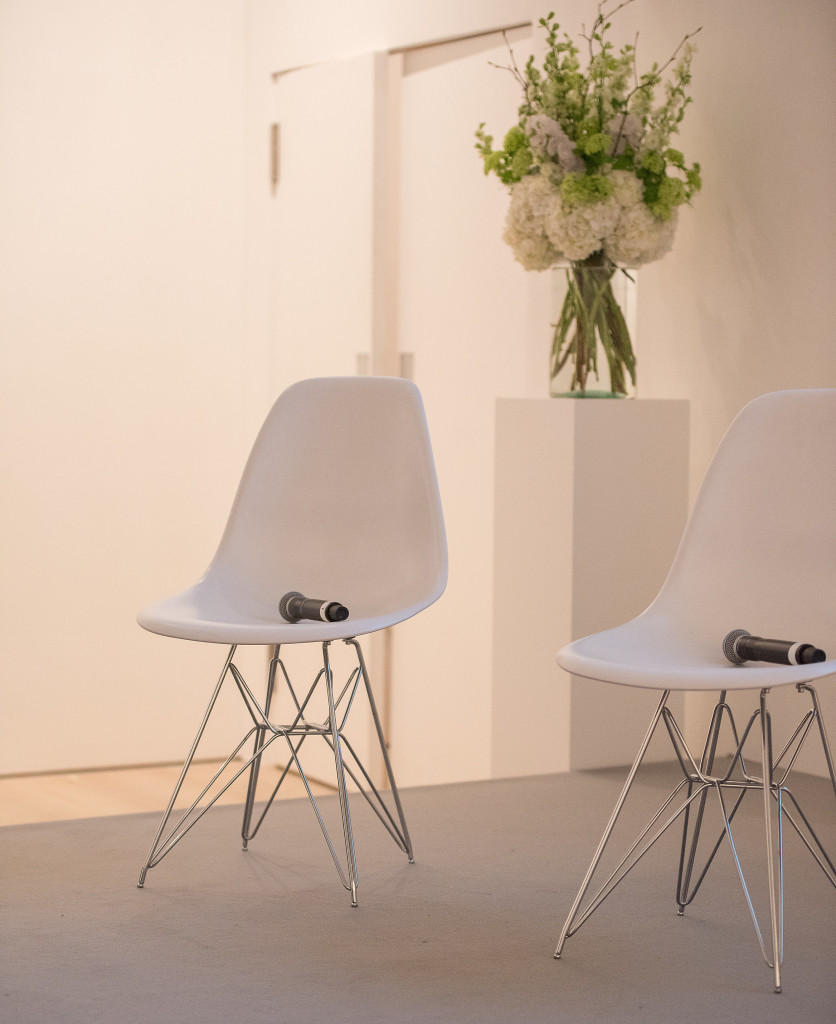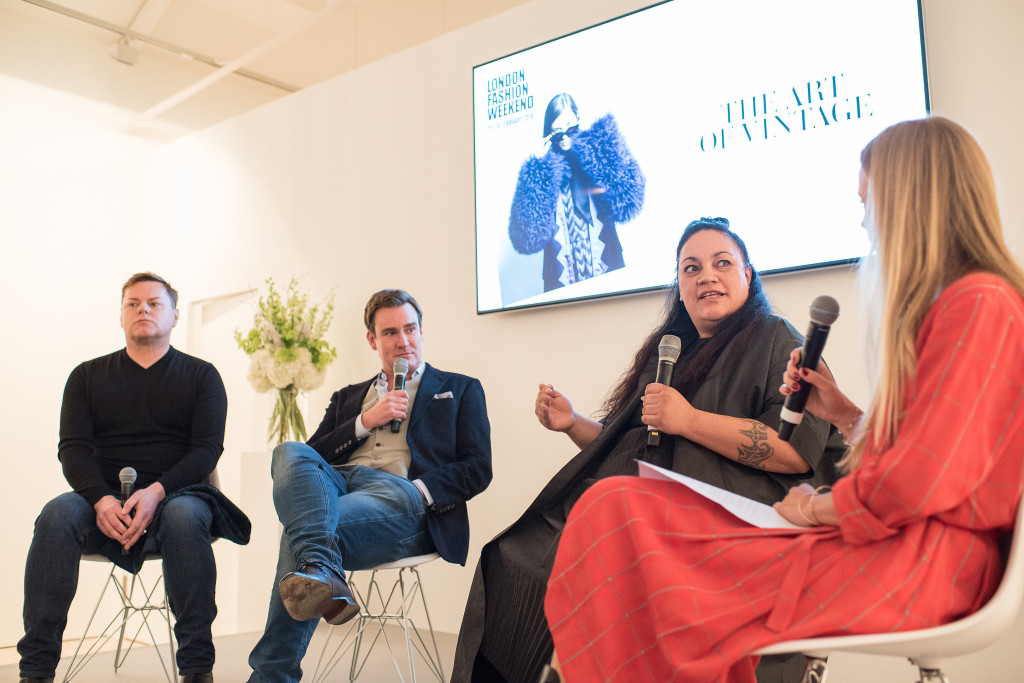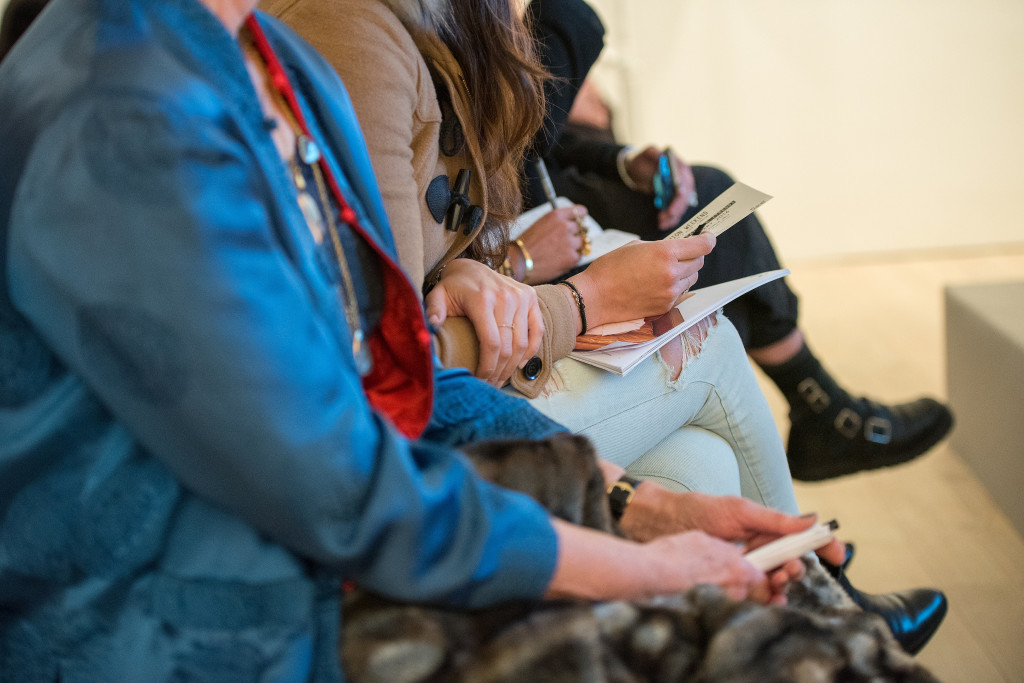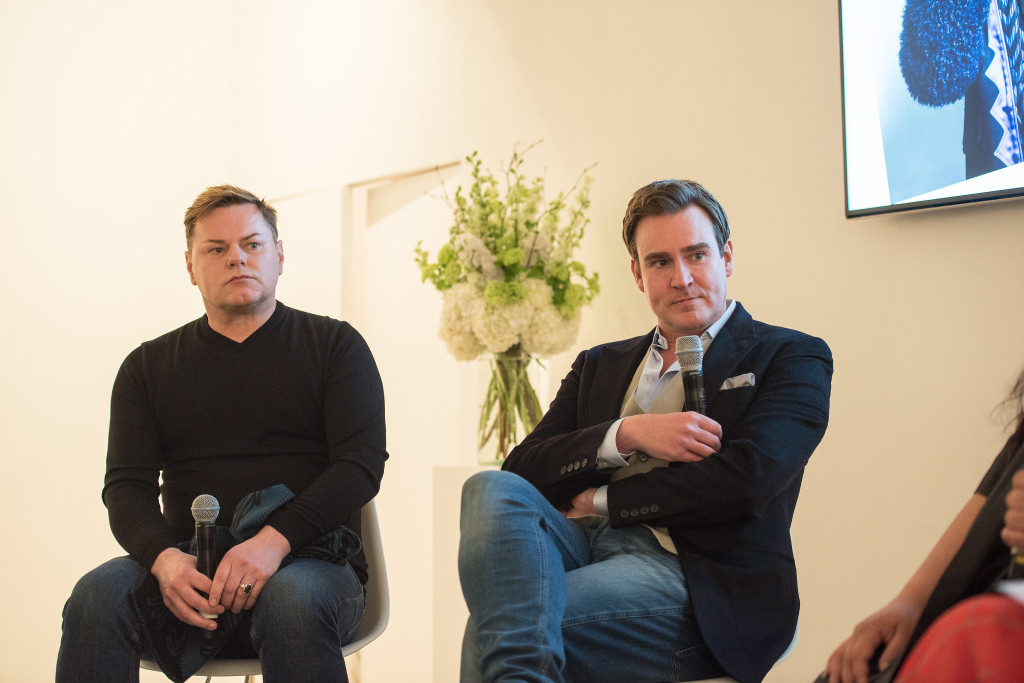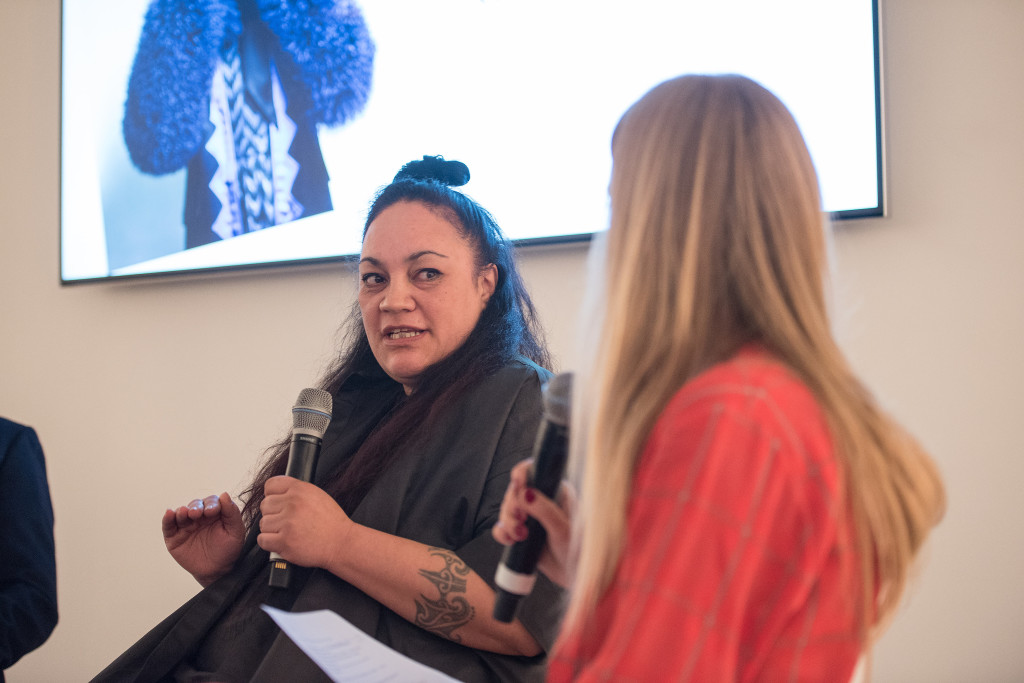You may think vintage is passé, as every brick-a-brack store these days claims to be selling it. High street stores have copied styles from every era, and there is a feeling that there’s nothing new under the sun. Yet according to the experts, true vintage is actually the backbone of the fashion industry, and from a sustainable perspective, buying vintage makes sense. At London Fashion Weekend Martha Ward interviewed founders William, of William Vintage, Hoana of Live Archives and Steven of Rellik. Here’s what they told us about the real value of vintage:
Tell us about your specialist eras Steven: Mine has to be 1976-1986, the punk and club land movement. I love collecting Galliano, Vivien Westwood and also 80’s Chanel.
William: 20th century couture, such as Alexander McQueen at Givenchy. The 1950’s and 60’s are my primary stomping ground, though I’m a bit like a magpie; when I see something I love I just want to buy it.
Hoana: Japanese and directional fashion, I particularly love 18th century pieces.
How can you define vintage? Is it something that is defined by being older than 20 years? William: I always say it’s anything before 1973, the year I was born! No seriously, it’s an overused word. For me it’s about a transcendent moment in fashion, for example when Galliano was at Dior.
Steven: Vintage is anything that’s from an iconic period, something that’s achieved something that’s never been done before, for example Tom Ford’s work in the 90’s.
Is it ok to copy a vintage sample? Steven: There is nothing wrong with referencing a particular generation, movement or artist, but you have to put your own slant on it. If you want to do punk, do it your way, put it into your collection, use your own imagination.
Hoana: We live in a postmodern society so everything’s been done before. Vintage items should be used to spark the imagination.
William: Vintage is the lifeblood of fashion, and it is hugely relevant because you can’t reinvent the wheel. 99% of people use it as inspiration. It’s amazing to see something you’ve found in a barn in Devon reinvented to go down a catwalk in Paris. I think it helps make that designer/dress be remembered. Disappointingly, a few people copy things exactly.
Where do you source your stock?
Hoana: I’ve just come back from Japan where I found some timeless beautiful fashion. The most exciting bit about the job is finding pieces that have been shut away for years. I once had a scary experience of being locked in a house with a mourning man whose mother had just died, but I ended up with some amazing clothes.
William: I always say I find items from country estates to council estates as dresses travel very easily. Whilst this hasn’t changed over the years the people have. Three to five years ago it was the original women who wore these dresses who selling them to me; now it’s their daughter or granddaughter.
Steven: A lot of it is through word of mouth or auction houses. I also get calls through editorials; people read about you and then call you up saying they have this designer dress from the 80’s.
Do you buy specifically for clients?
Steven: Yes, you can’t say you don’t. Sometimes I see a piece and I know exactly whom that’s for. Though sometimes we get it wrong!
William: Indeed. Sometimes I come back with a piece and my team will say, “Are you on drugs? Have you lost your mind?” But, we have to put our money where our heart is. I work with a lot of designers so I often will see specific items for them.
Hoana: Absolutely. It’s with clients in mind that pushes me to buy things that I wouldn’t normally buy.
It’s clear that vintage really does still have its place in the fashion industry today.
For the top 10 Vintage stores in London, click here.
Photos Eleanor Gillard, www.eleanorgillard.com,

